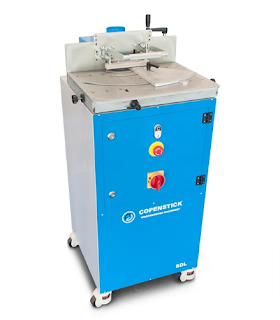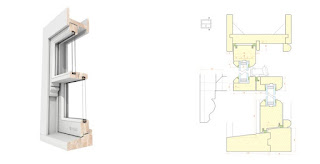The vertical or horizontal bars that split a window into smaller panes or portions are called Window Glazing Bars . In both conventional and contemporary window designs, these bars fulfill practical and decorative roles. In terms of functionality, glazing bars support the glass panes structurally, distributing the window's weight and preserving its integrity. Glazing bars were necessary in earlier windows, particularly those with vast glass expanses, to keep the glass from drooping or shattering under the weight of the frame. Even though glass technology has advanced to the point where bigger, continuous panes are now possible, glazing bars are still utilized to give windows more visual appeal and architectural intricacy. Glazing bars can improve windows' aesthetic appeal by dividing their large expanses of glass into smaller, more aesthetically pleasing pieces. They may be used to make a wide range of patterns and designs, from basic grids to complex geometric forms, which g...













